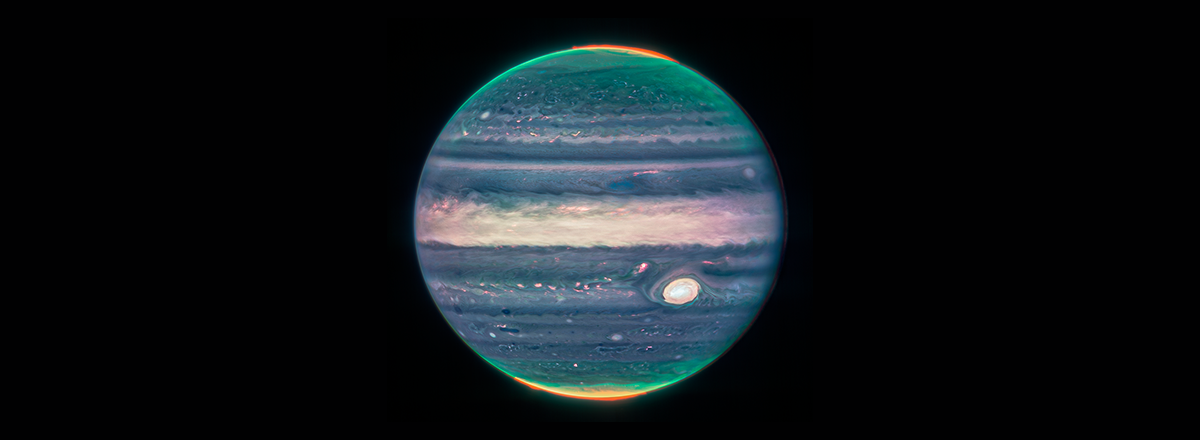NASA Reveals New Stunning Images of Jupiter Taken by the Webb Telescope
The images that show the planet's features in detail were taken by the Webb telescope's near-infrared camera (NIRCam). It can observe celestial bodies such as stars, nebulae, and planets that are too cold or too faint to be seen in visible light.

NASA published two new images of Jupiter made by the James Webb Space Telescope, which will give scientists more information about the inner workings of the largest planet in our solar system.
The images that show the planet's features in detail were taken by the Webb telescope's near-infrared camera (NIRCam). It can observe celestial bodies such as stars, nebulae, and planets that are too cold or too faint to be seen in visible light.
"We hadn’t really expected it to be this good, to be honest," said planetary astronomer Imke de Pater, professor emerita of the University of California, Berkeley. "It’s really remarkable that we can see details on Jupiter together with its rings, tiny satellites, and even galaxies in one image," she said.
In particular, the first image of Jupiter is a composite image showing the solar system's largest planet with swirls of different colors indicating Jupiter's turbulent atmosphere. The bright orange glow at the top and bottom of the planet shows its Northern and Southern Auroras, located at both poles. They are caused by fluctuations in the planet's magnetic field.
The image also shows a bright spot – a giant storm that looks white in these images, as do other clouds because they reflect a lot of sunlight. The image should help astronomers study the planet's atmosphere, including the characteristics of its thermal structure, winds, and polar lights.
The second image shows a wider view of Jupiter, including its rings, which the space agency says are a million times fainter than the planet. Also visible are Jupiter's two tiny moons, Adrastea and Amalthea.

